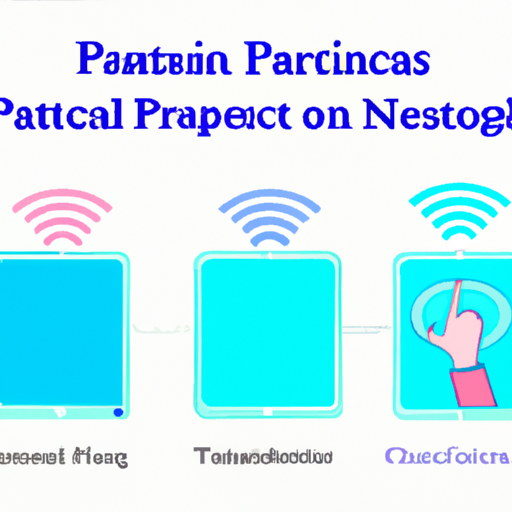Capacitive touch technology has revolutionized the way we interact with electronic devices, from smartphones and tablets to touchscreens in cars and industrial equipment. This technology relies on the ability of capacitive sensors to detect changes in electrical charge when a conductive object, such as a finger, comes into contact with the surface. As a result, capacitive touch has become an integral part of various industries, each with its own set of important patents. In this article, we will explore some of the key industries that rely on capacitive touch technology and the patents that have shaped their development.

2. Automotive: The automotive industry has embraced capacitive touch technology to enhance the user experience and improve safety. Capacitive touchscreens are now commonly found in car infotainment systems, allowing drivers and passengers to control various functions such as navigation, media playback, and climate control. Notable patents in this industry include advancements in haptic feedback, gesture recognition, and touch-sensitive steering wheels.
3. Industrial Automation: In the field of industrial automation, capacitive touch technology has found applications in control panels, human-machine interfaces (HMIs), and touch-sensitive displays. These interfaces enable operators to interact with complex machinery and equipment in a user-friendly manner. Patents in this industry focus on ruggedized touchscreens, anti-glare coatings, and touch-sensitive gloves for use in hazardous environments.
4. Medical Devices: Capacitive touch technology has also made significant contributions to the medical industry. From touch-sensitive monitors and control panels in hospitals to wearable health devices, capacitive touchscreens have become essential tools for healthcare professionals and patients alike. Patents in this sector cover areas such as touch-sensitive medical instruments, biometric sensors, and touch-based user interfaces for medical equipment.
5. Gaming and Entertainment: The gaming and entertainment industry has seen a surge in the use of capacitive touch technology, particularly in handheld gaming consoles and virtual reality (VR) devices. Capacitive touchscreens provide intuitive and immersive gaming experiences, allowing users to interact with virtual worlds through gestures and touch. Patents in this industry focus on touch-sensitive controllers, haptic feedback systems, and touch-based input methods for VR headsets.
6. Retail and Point-of-Sale (POS): Capacitive touch technology has transformed the retail industry by enabling interactive displays, self-service kiosks, and touch-based point-of-sale systems. These advancements have streamlined the shopping experience, allowing customers to browse products, place orders, and make payments with ease. Patents in this sector cover areas such as touch-sensitive cash registers, biometric payment systems, and interactive product displays.
7. Aerospace and Defense: The aerospace and defense industry has also embraced capacitive touch technology for various applications. Capacitive touchscreens are used in aircraft cockpits, military vehicles, and control panels for unmanned aerial vehicles (UAVs). Patents in this industry focus on touch-sensitive flight controls, ruggedized touchscreens for harsh environments, and touch-based navigation systems.
In conclusion, capacitive touch technology has permeated various industries, transforming the way we interact with electronic devices and systems. From consumer electronics to automotive, industrial automation to medical devices, gaming to retail, and aerospace to defense, each industry has its own set of important patents related to capacitive touch. These patents have driven innovation, improved user experiences, and paved the way for future advancements in touch-based technologies.






